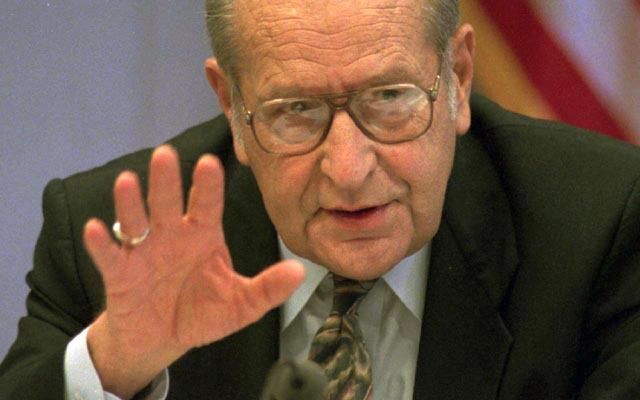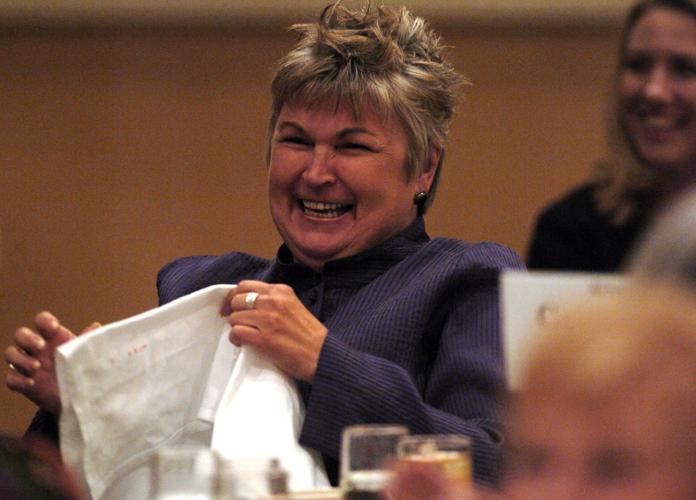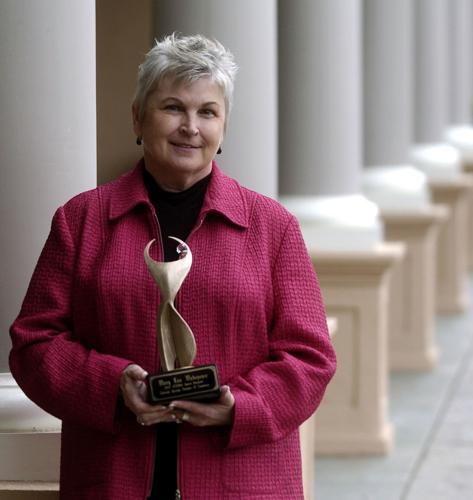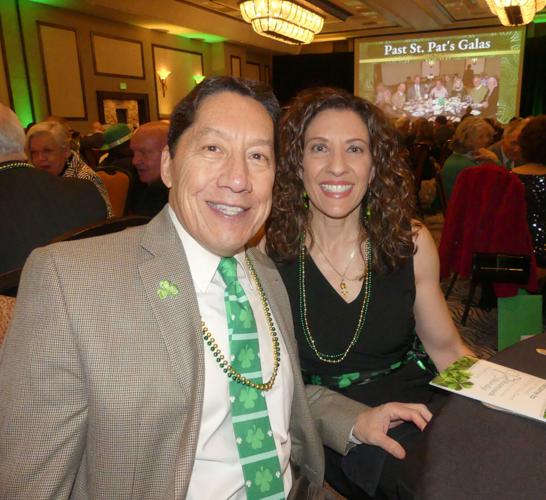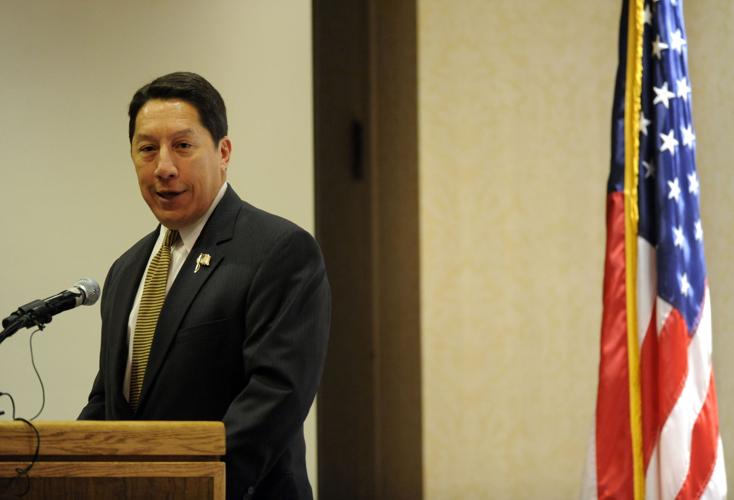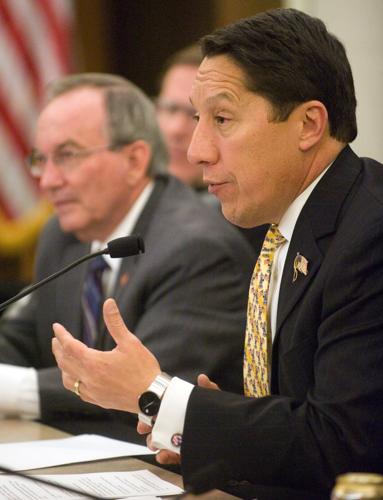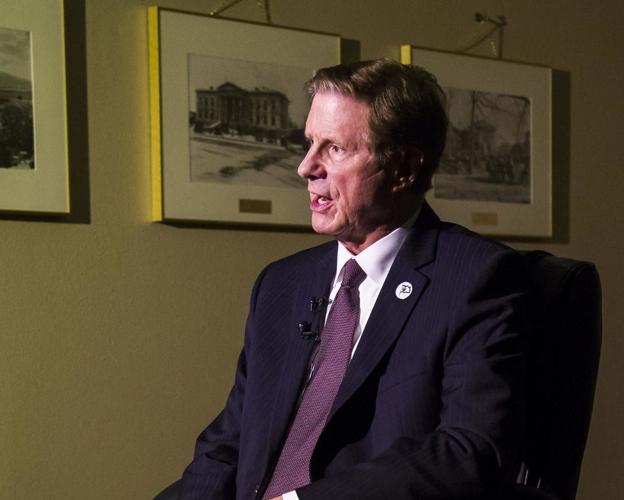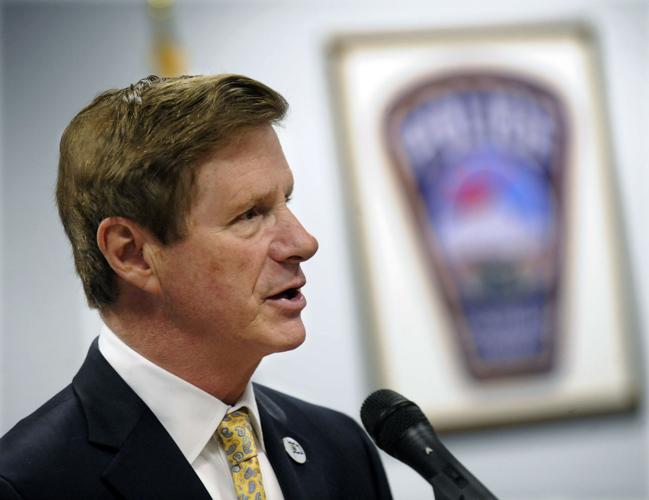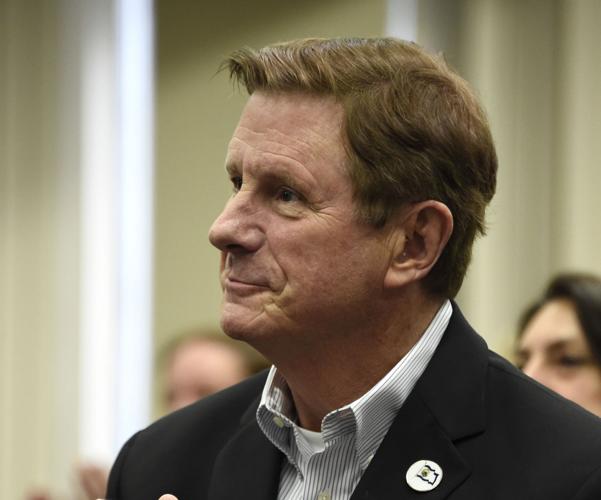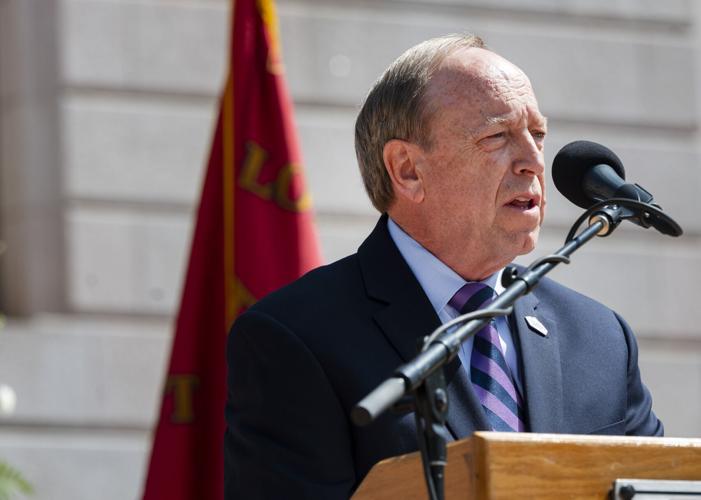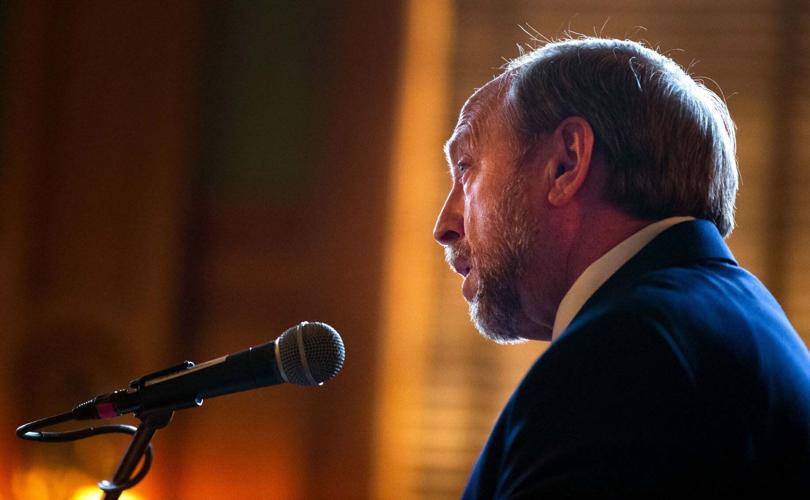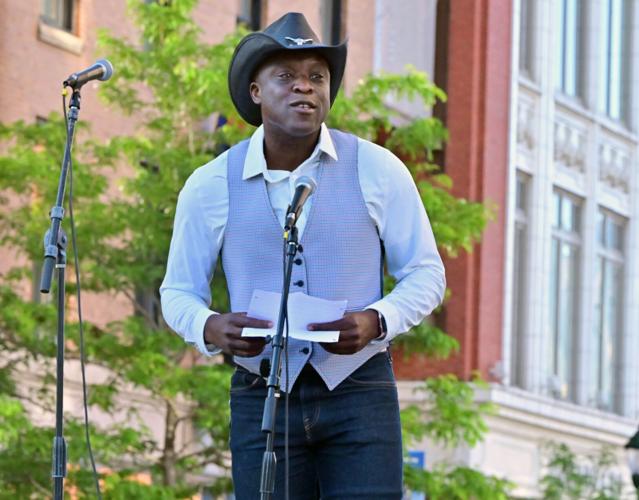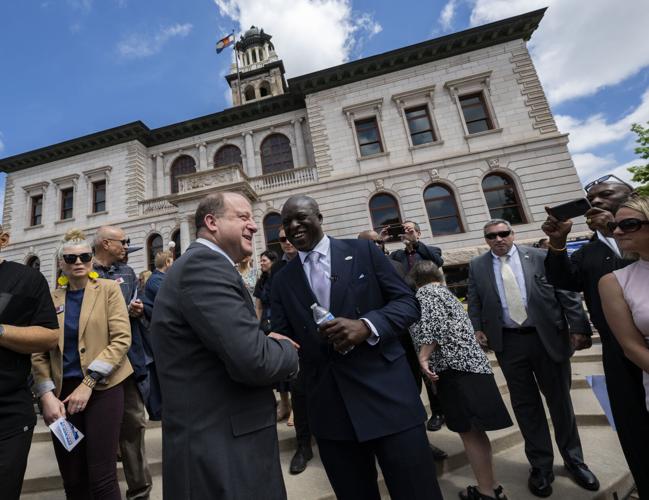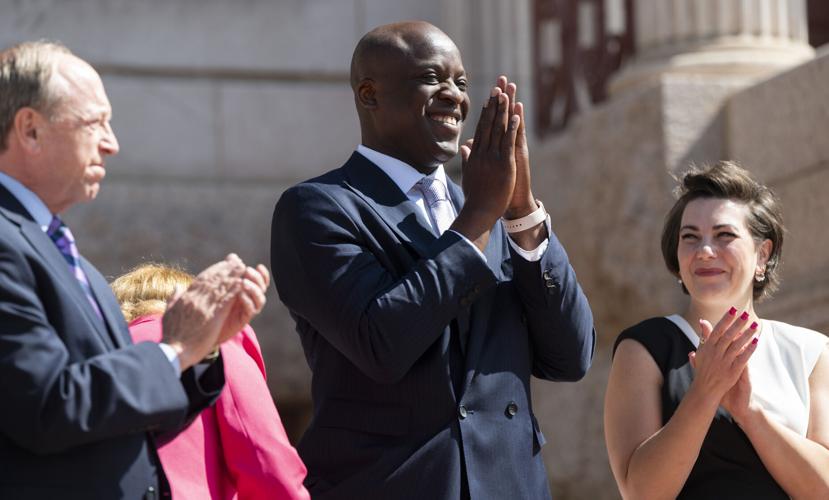Cronin and Loevy: Different mayoral styles work depending on the times in Colorado Springs
Mayors of Colorado Springs have used a variety of styles of governing over the years. As we begin with a new mayor, it is useful to review a number or styles mayors have used here over the past two generations.
Let the administrators run the city style. Fifty years ago, in the early 1970s, Colorado Springs had a city-manager form of government. The city manager, a trained paid professional, ran the day-to-day business of the city and the mayor, elected from the City Council, only chaired the City Council meetings.
Being mayor was considered a volunteer part-time job and there was no salary. The mayor had plenty of time to think about the long-range problems facing the city, while the city manager did all the immediate work.
That option is still available today. The strong mayor is a full-time employee of the city and earns more than $110,000 annually in salary. The mayor has a chief of staff, however, who is a skilled administrator and can do the immediate supervisory work of running the city while the mayor considers “the big questions.”
The all-in total-commitment style. Things changed with the mayor’s job in 1979. City voters amended the city charter so that the mayor was elected by the voters citywide rather than by just the nine members of the City Council.
Robert Isaac was elected the first “popular” mayor. He was an experienced political leader who had strongly opposed tearing down the old El Paso County Courthouse. He ensured that the building was repurposed as the city Pioneers Museum. He also chaired the committee that annexed the Broadmoor and Skyway neighborhoods into the city.
Isaac did the mayor’s job with great zeal and commitment. Although the office was still unpaid, he worked at it full time and involved himself in all the major issues coming before City Council. He pursued a strong policy of supporting economic development in the city, particularly in the form of more housing developments and adjoining shopping facilities.
Known by everyone as “Mayor Bob,” Isaac was good at getting the voters to support financing new infrastructure for the city. He pushed hard for projects like the U.S. 24 expressway that bypasses downtown Colorado Springs. He particularly favored the new Colorado Springs Airport, getting the voters to provide the money to lengthen the main runway and build a brand-new passenger terminal (later named for Isaac).
Isaac’s hard work paid off with the voters. He was reelected four times and served a total of almost 18 years as mayor.
As noted, we now have what is called a strong mayor in Colorado Springs, with the job defined as full-time and a decent salary. A mayor can be as totally committed and engaged as Bob Isaac was, only now he or she gets paid a good salary for it.
The down in the neighborhoods style. In 1997, Mary Lou Makepeace was elected the first female mayor of Colorado Springs. She continued the strong emphasis on economic development for the city, but she also made room for trying to solve some of the neighborhood problems that more immediately affected the daily lives of city citizens.
Starting with a large number of improvement projects scattered throughout the city, Makepeace let citizen groups decide which projects would be done in particular areas. The end result was 29 projects costing $88 million to be carried out all over town. The project was called SCIP (Springs Community Improvement Program), and the spending was readily approved by the voters.
For instance, the Old North End neighborhood north of Colorado College chose to use its SCIP money to improve pedestrian safety at major intersections (school crossings) and equip those intersections with historic-looking streetlights.
Like all cities, Colorado Springs is a “city of neighborhoods.” The Makepeace mayoral style puts neighborhood needs high on the agenda.
The economic conservative style. In 2003, Lionel Rivera was elected the first Hispanic mayor of Colorado Springs. He favored emphasizing private enterprise and free markets rather than government programs in the economic development of the city.
Rivera’s mayoralty proved popular with the voters. He was easily reelected to a second four-year term in office. He was the last “weak mayor” of Colorado Springs, serving for little pay (about $6,000 a year) and sharing his leadership powers with a city manager.
The big projects style. In 2011, Steve Bach was elected the first strong mayor in Colorado Springs history. He came into office with no previous electoral experience or service on City Council. He campaigned for mayor on his success as a businessman. He had some difficulties working with the City Council.
Bach built his mayoralty on pursuing major projects of citywide significance, particularly for the downtown area. He proved particularly skillful at finding the money to finance these projects. He launched a major program called City for Champions that emphasized sports facilities and sports medicine. Matching funds from state tourism and development was crucial for these programs.
City for Champions included an outdoor soccer stadium (Weidner Field) for the local professional soccer team the Switchbacks located southwest of downtown. There also was the U.S. Olympic & Paralympic Museum built close by. North of downtown, on the Colorado College campus, there was an indoor arena (Ed Robson Arena) for the Colorado College hockey team and other sporting events. The William Hybl Sports Medicine Center was located at the University of Colorado Colorado Springs. The Air Force Academy is building a new visitor center.
We admire Bach for his City for Champions program. It’s a decade later, and you can watch a professional soccer match in a downtown soccer stadium, you can visit the Olympic Museum, and you can watch the Colorado College hockey team play in a new ice arena.
City for Champions is proving a big success, thereby showing that the big projects style can work.
The steady hand on the throttle style. John Suthers was elected mayor in 2015 and was reelected in 2019. He brought a wealth of experience to the job. He had served as El Paso County district attorney, director of state prisons and Colorado attorney general.
The competence that comes from extensive experience showed. He won voter approval for funds to repave city streets and replace worn-out curbs and gutters. It seemed crews were working on the streets the entire eight years of his mayoralty.
Suthers presided over street narrowing — reducing streets from two lanes in each direction to one lane in each direction. Cascade Avenue and Weber Street received this treatment, a boon for bicyclists and pedestrians.
Suthers’ judicious decision making and even temper produced a lengthy period of harmony in city politics. There is much to be said for the steady hand style.
There they are: six different mayoral styles from over 50 years of Colorado Springs history. Mayor Yemi Mobolade will likely draw ideas from them, but he is already defining his own “hands-on” personable style, though he may borrow from past styles and strategies.





